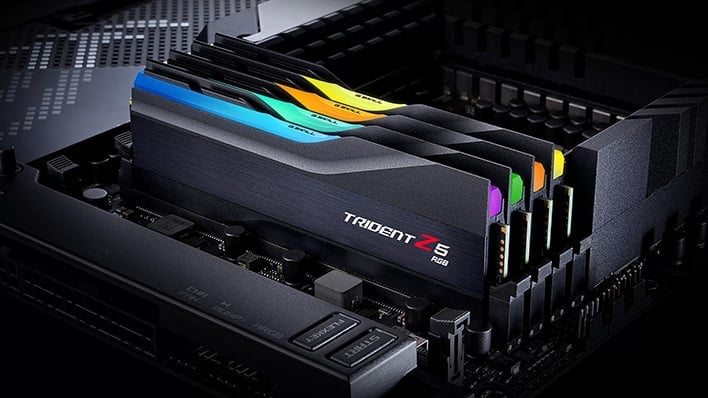Originally posted by Myownfriend
View Post
with 17 600 MT/s
"The MR stands for "Multi-Ranked Buffered DIMMs," and it is not entirely unlike RAID-ing your RAM.
MRDIMMs achieve double the data rate that the same hardware would offer in standard DDR5 mode by simultaneously accessing two memory ranks, whether on a single module or a pair of DIMMs. This is made possible by placing a mux between the memory and the CPU that combines the two 64-bit accesses into a single 128-bit data path for the CPU. Obviously, this buffering is going to add a bit of latency to the transfers, but JEDEC seems to believe that this will be offset by the higher transfer rate.
The main benefit of this approach is that it has a minimal price premium; aside from the buffer/mux, MRDIMMs can be created from existing DDR5 memory stocks. Likewise, machines using MRDIMMs should in theory be backward compatible with standard DDR5 modules. A slide from a JEDEC presentation at Memcon in San Jose, posted by AMD's VP of Datacenter on LinkedIn, seems to imply that JEDEC expects MRDIMMs to start at 8800 MT/s and scale up to 17,600 MT/s by the third generation of the technology.
Interestingly, the slide also says that the need for DDR6 memory is "unclear" due to uncertainty about its value proposition."


Comment